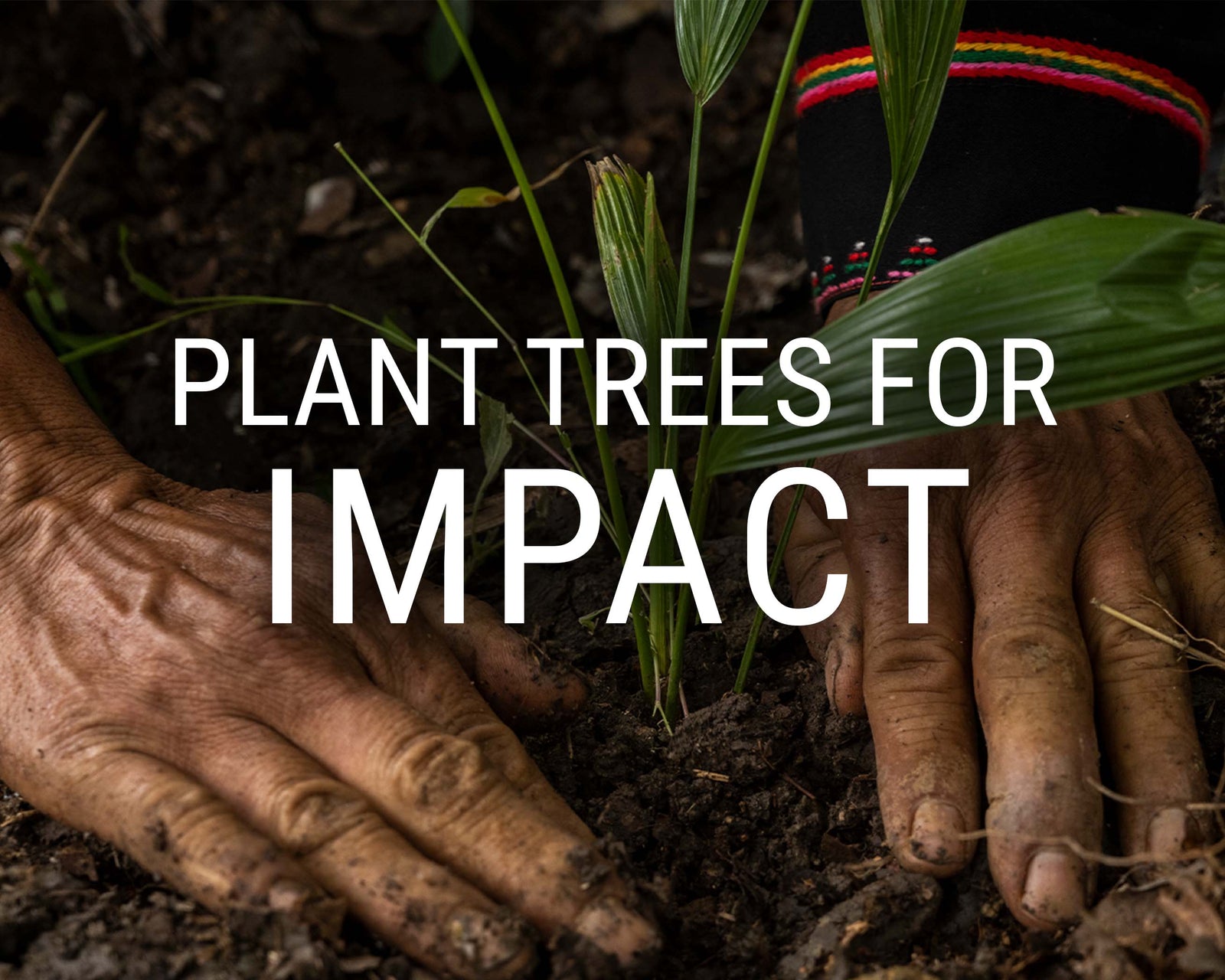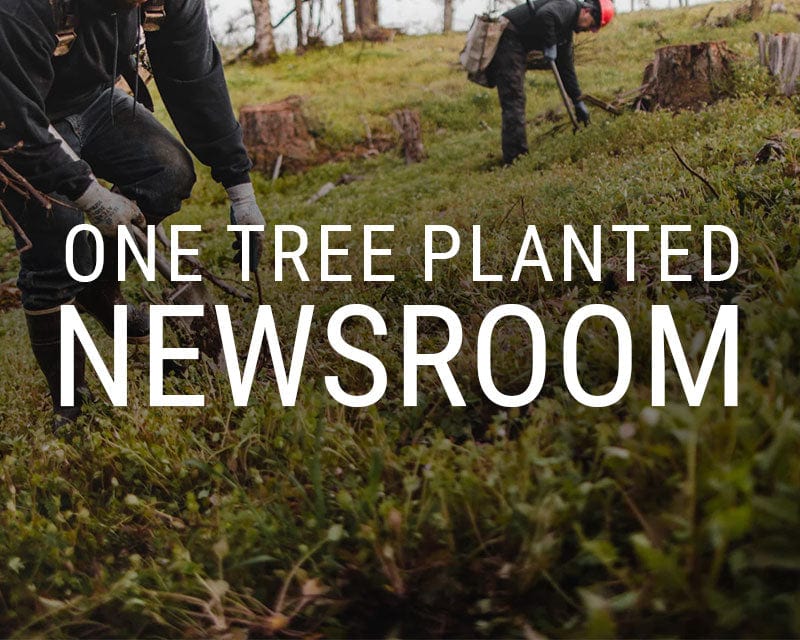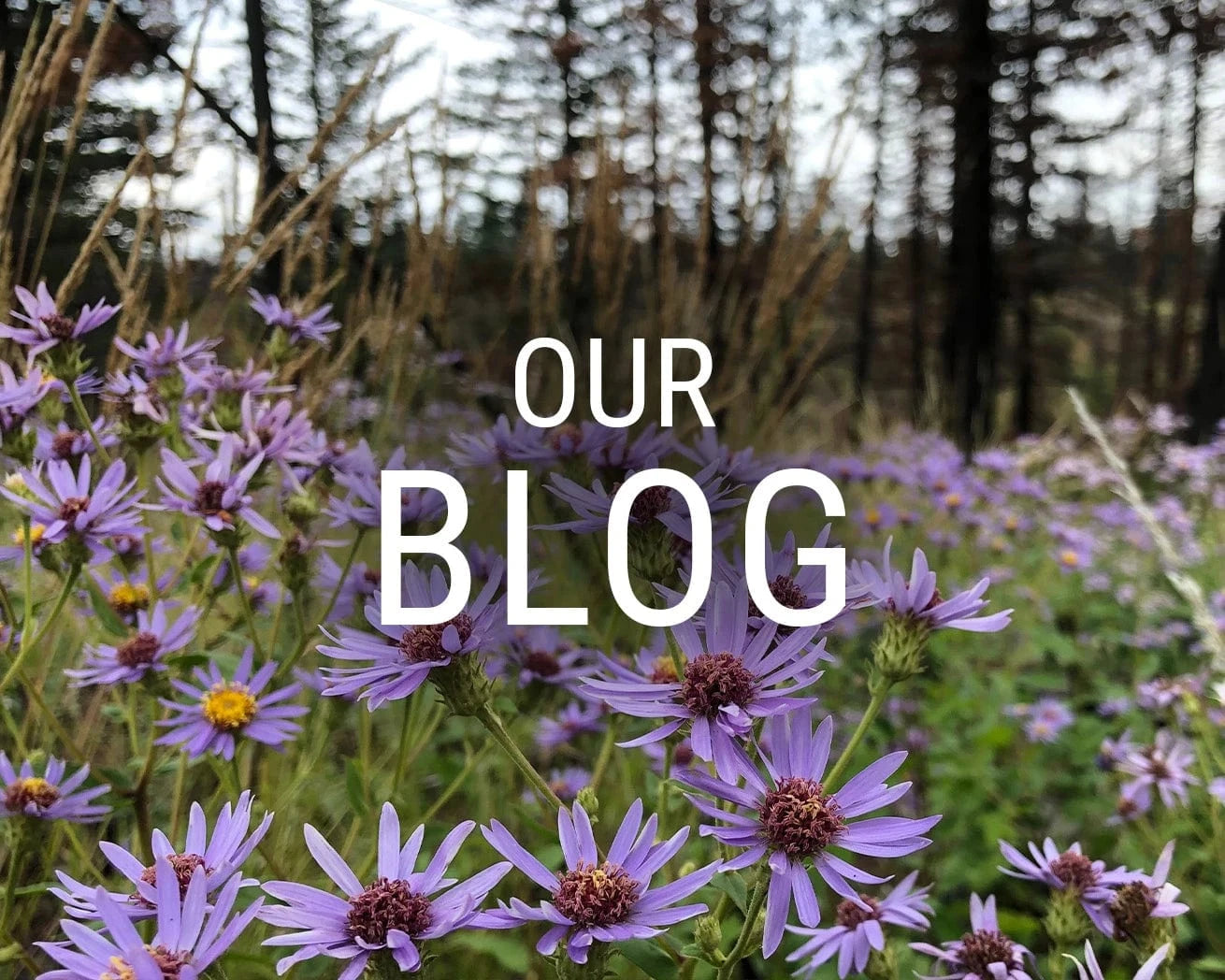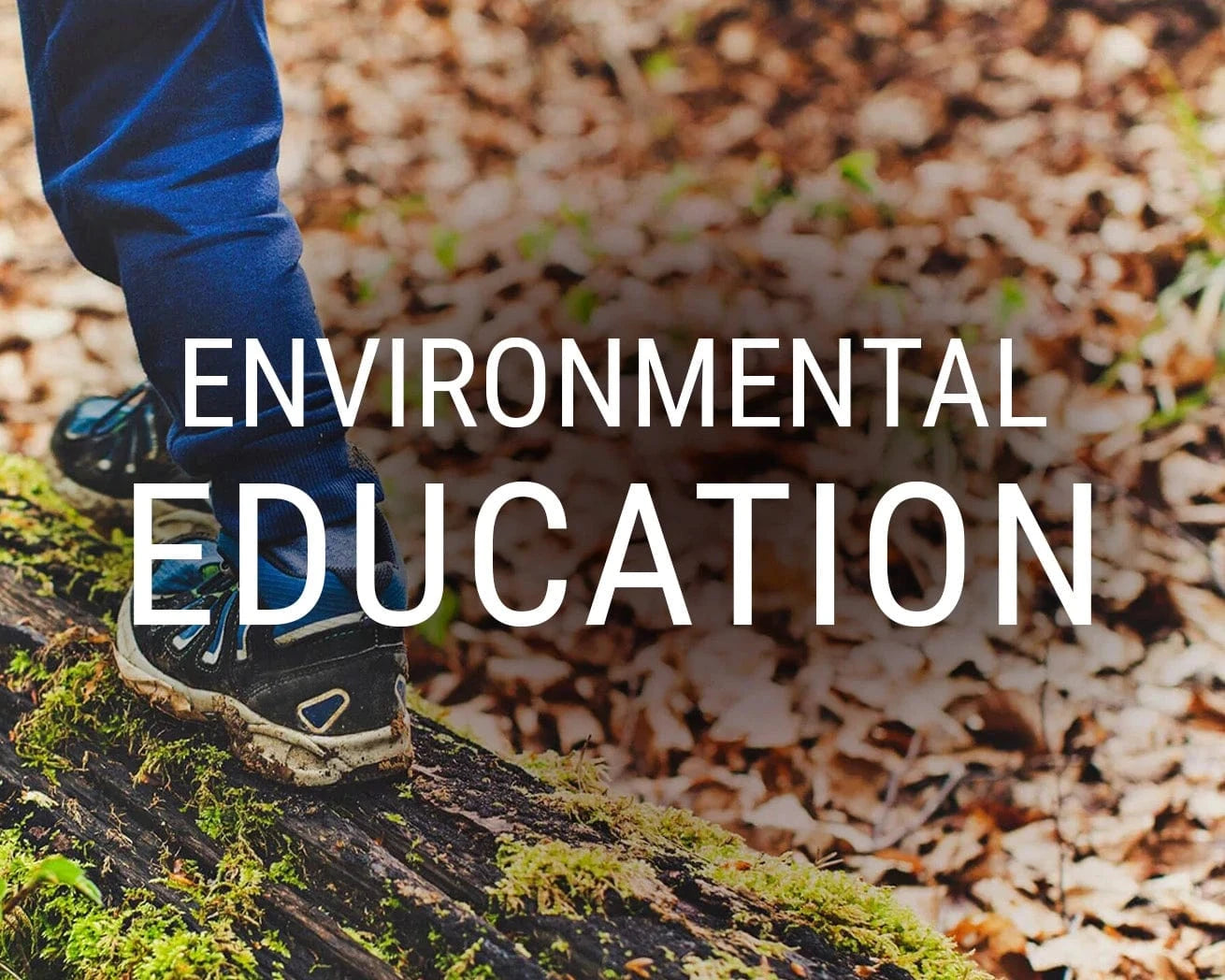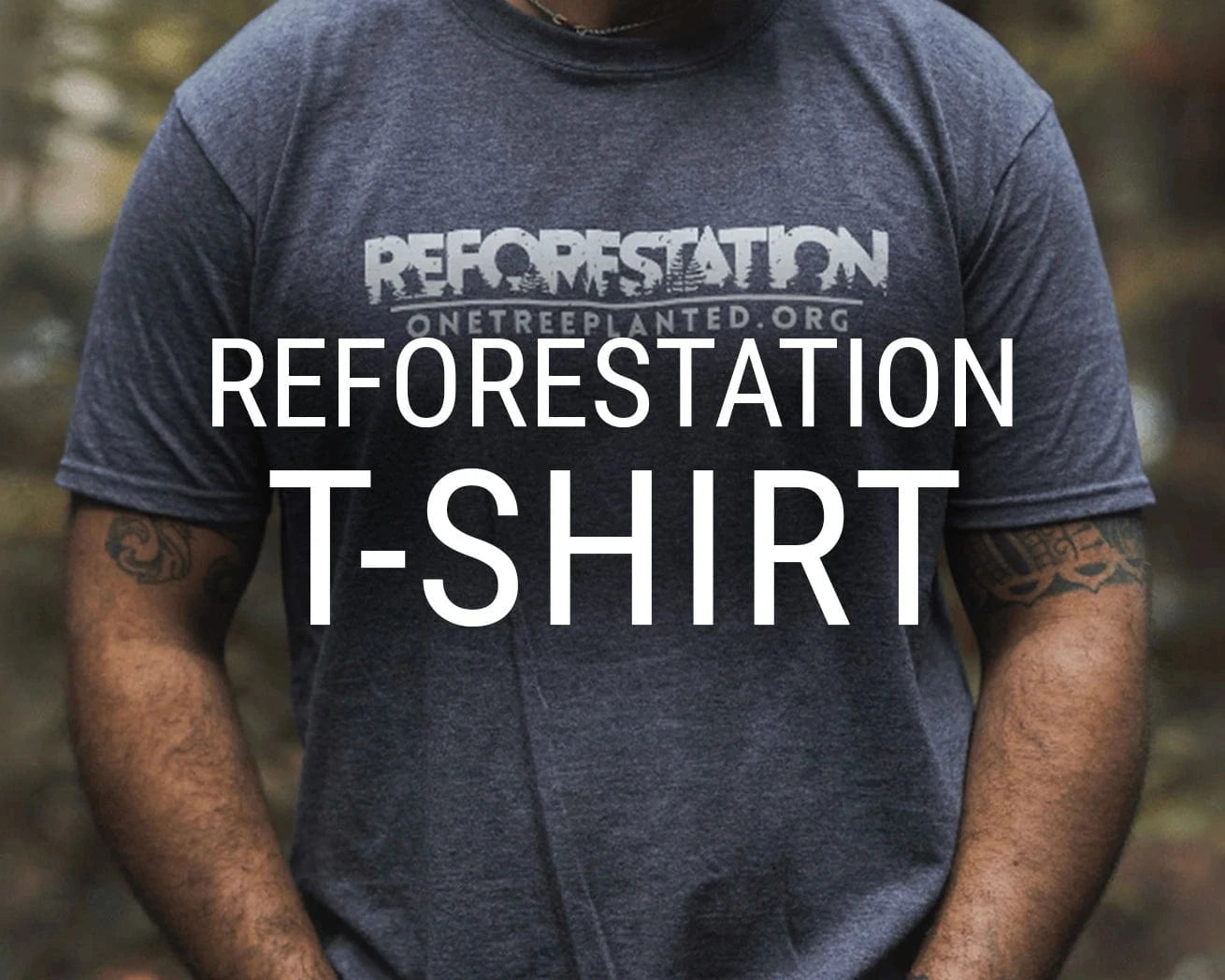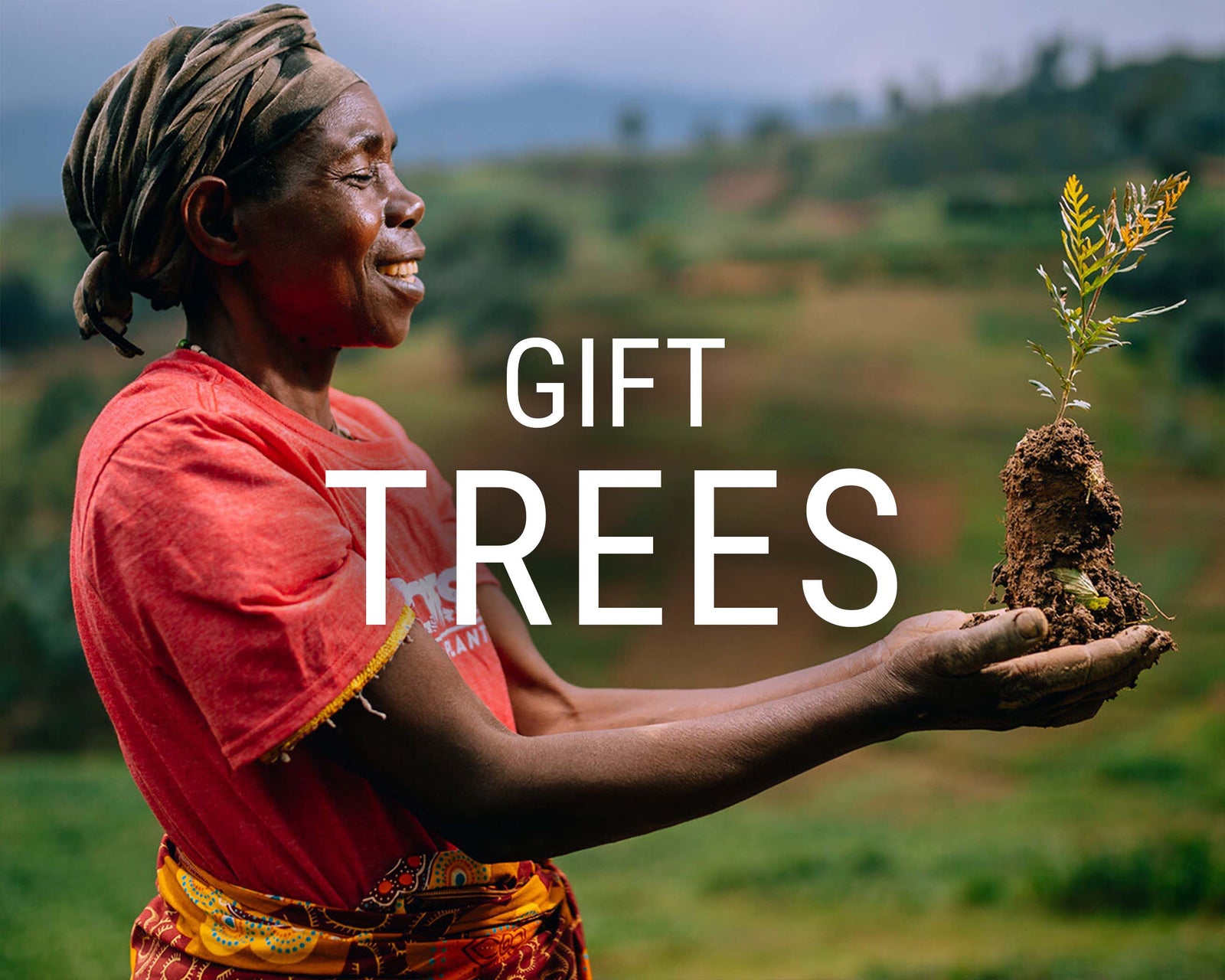
Carbon Footprint
carbon footprint and the impacts of air travel
What is a carbon footprint?
A carbon footprint is the total amount of GHGs (Greenhouse Gases) released into the atmosphere, either by an individual, a business, an event (e.g. a plane trip), product or a service.
Whether you’re stuck in traffic, working at your computer, or cooking dinner for your family, there’s a pretty good chance that you’re racking up an invisible carbon debt. Because it can be tough to connect seemingly innocuous daily activities with very real consequences like pollution and a warming planet, it’s important to calculate your footprint—and then take steps to reduce it.
The four drivers of carbon emissions




COMBAT YOUR FOOTPRINT
Food’s carbon footprint, or foodprint, is the greenhouse gas emissions produced by growing, farming, processing, transporting, storing, cooking and disposing of the food you eat. By changing the food that you eat, you can make a quantifiable difference in your carbon footprint. And by impacting your carbon footprint, you're simultaneously reducing pollution, preserving the environment and slowing global warming.
EAT LESS MEAT
Overall, animal-based foods typically have a higher carbon footprint than plant-based foods. Lamb and cheese, for example, both emit more than 20 kilograms of CO2. And while poultry and pork do have lower footprints they're still higher than most plant-based food items, at 6 and 7 kg CO2 respectively.
Most GHG emissions result from land use change, and from processes at the farm stage, this is especially true for the large emitters. Farm-stage emissions include processes such as the application of fertilizers, both organic and synthetic; and enteric fermentation (the production of methane in the stomachs of cattle). Combined, land use and farm-stage emissions account for more than 80% of the footprint for most foods. Notably, the carbon footprint of a vegetarian diet is about half that of a meat-lover’s diet
So, how can you reduce your food's carbon footprint? Here are a couple of ideas:.
- Opt for vegetarian and vegan proteins such as beans, lentils, tofu, tempeh and corn to replace meat, cheese and eggs.
- Make sure you are getting enough iron and zinc by including lots of whole grains, beans and a variety of vegetables
- Invest in some vegetarian or vegan cookery books and have fun experimenting
- Don’t rely on vegetarian processed foods.


BUY ORGANIC
Organic farming methods for both crops and animals have a much lower impact on the environment than conventional methods. Organic-certified farms must use natural methods for soil fertilisation, weed prevention and pest control. Antibiotics and growth hormones cannot be used to raise food animals, and there are standards of care which prevent cruelty to livestock. Genetically-modified and irradiated foods cannot be labelled organic and its better to avoid these processes which are not proven to be safe for us or the food chain.
Organic food is better for you too! Crops are grown in fertile soils that are full of nutrients – and these end up in your food and then in you. Livestock are able to roam the fields and eat their natural food – grass – rather than being force-fed corn. And this leads to a much less fatty meat that keeps your heart healthier.
How is a carbon footprint calculated?
Most carbon calculators account for:
- Location (some states and countries rely on dirty sources of power, while others use more renewable energy);
- Household Size;
- Home Heating and Electrical Usage;
- Mileage;
- Air Travel.
Once your consumption has been calculated, each reported activity is measured against its respective emissions factor to determine your footprint.
Want to learn more about carbon emissions? Download our free carbon emissions poster!

CARBON OFFSETS
what are carbon offsets?
Carbon offsets are voluntary buy-ins that allow you to trade your hard earned dollars for the ability to offset some or all of your carbon footprint. They do this by funding projects like restoring or conserving large swaths of forest, updating power plants and factories, capturing and storing emissions, and increasing the energy efficiency of building or transportation infrastructure. They provide a way for carbon-conscious businesses and people to reduce their accumulated climate change impact. They can also be used to neutralize specific activities like air travel and driving or entire events like weddings, sports games, and conferences.

Why offset your carbon emissions?
Carbon offsets are informed by the belief that reducing emissions in any area is worthwhile. They allow you to pay to compensate for global GHGs to make up for some or all of your own personal emissions. And because GHGs integrate easily into the atmosphere and spread quickly around the planet, paying to reduce the amount of carbon in the atmosphere—even if it is on another continent— is a win for the planet. One of our favorite ways to do this is by —you guessed it—planting trees. In fact, one mature tree can absorb a whopping 22 pounds of carbon a year!
As an environmental nonprofit that plants trees, we’ve always been invested in carbon sequestration. Today, we’re accomplishing this by participating in unique reforestation and carbon sequestration projects, including this one in British Columbia, where we worked with the provincial government and indigenous community partners to restore their iconic evergreen forests and expand their Forest Carbon Initiative after 230,000 acres of land were burned in 2017’s historic wildfires. We planted a carefully selected mix of evergreen and deciduous trees to help this ecosystem recover, including Lodgepole pine, Douglas-fir, Hybrid spruce, Western larch, Ponderosa pine, Trembling aspen, and Black cottonwood. Douglas Fir and Ponderosa Pine are particularly good at sequestering carbon.
While reforestation is our thing, we also recognize the vital importance of forestconservation—or, saving forests from being deforested in the first place. To this end, we also support the conservation of existing forests through BlueSource’s carbon offset program.
Below is the step-by-step process to offsetting your carbon emissions:

WANT TO OFFSET YOUR FLIGHTS?
OFFSET THE ENVIRONMENTAL IMPACT OF YOUR FLIGHT BY PLANTING TREES
OFFSET YOUR CARBON